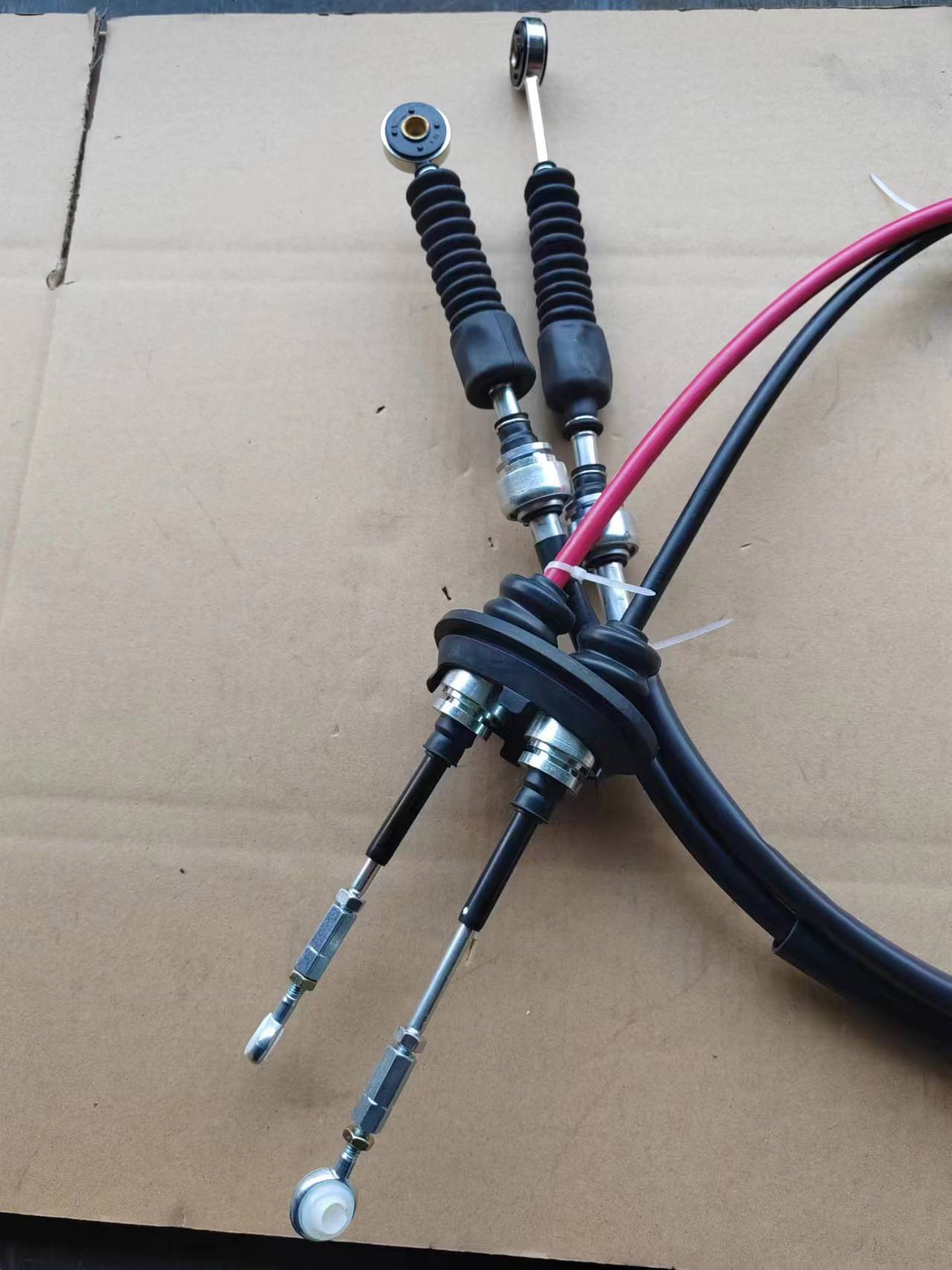derailleur assembly
Understanding Derailleur Assembly in Cycling
The derailleur assembly is a crucial component of modern bicycle transmission systems, primarily responsible for shifting gears smoothly and efficiently. Understanding its design and function can significantly enhance a cyclist's performance and overall riding experience.
At its core, a derailleur is a device that moves the chain from one gear to another on the bike's cassette and chainrings. It consists of two main types the front derailleur, which shifts the chain between different chainrings at the crank, and the rear derailleur, which shifts the chain across the various sprockets on the rear wheel. This dual-system enables cyclists to adapt to varied terrains, whether they face steep climbs or flat stretches.
The assembly of a derailleur involves precision engineering. The rear derailleur typically features a cage, two pulleys, and a spring mechanism. When a rider shifts gears using the shifters located on the handlebars, the cable attached to the derailleur is pulled or released. This action causes the derailleur to pivot, moving the chain either up or down the gear range. The tension in the spring helps in realigning the chain and ensuring a smooth transition between gears.
derailleur assembly

Proper adjustment of the derailleur assembly is essential for optimal performance. Misalignment can lead to poor shifting, chain drops, or excessive wear on the components. To ensure your derailleur operates smoothly, regular maintenance is key. This includes checking cable tension, adjusting limit screws to prevent the chain from overshooting the gears, and ensuring that the derailleur hanger is straight.
The material used in derailleur assemblies varies, with higher-end models often constructed from lightweight alloys or carbon fiber, allowing for weight reduction and improved performance. Additionally, technological advancements have introduced electronic shifting systems, providing even more precision and reliability, eliminating the need for manual cable adjustments.
In practice, mastering the use of a derailleur assembly can dramatically enhance a cyclist's efficiency. By learning how to anticipate shifts according to terrain and cadence, cyclists can maintain optimal cadence and control their power output. This adaptability is especially important during competitive racing or when navigating challenging trails.
In conclusion, the derailleur assembly is a sophisticated and vital component of cycling technology. Understanding its components, function, and maintenance is not only important for performance enhancement but also for prolonging the lifespan of the bike's drivetrain. Whether a casual rider or a dedicated cyclist, appreciating the mechanics of the derailleur can lead to a more enjoyable and efficient cycling experience.
-
Upgrade Your Vehicle with High-Quality Handbrake CablesNewsNov.01,2024
-
Optimize Your Bike's Performance with Quality CablesNewsNov.01,2024
-
Enhance Your Vehicle's Performance with Quality Clutch ComponentsNewsNov.01,2024
-
Elevate Your Vehicle's Performance with Quality Throttle CablesNewsNov.01,2024
-
Elevate Your Vehicle's Performance with Quality CablesNewsNov.01,2024
-
Affordable Solutions for Your Cable NeedsNewsNov.01,2024
